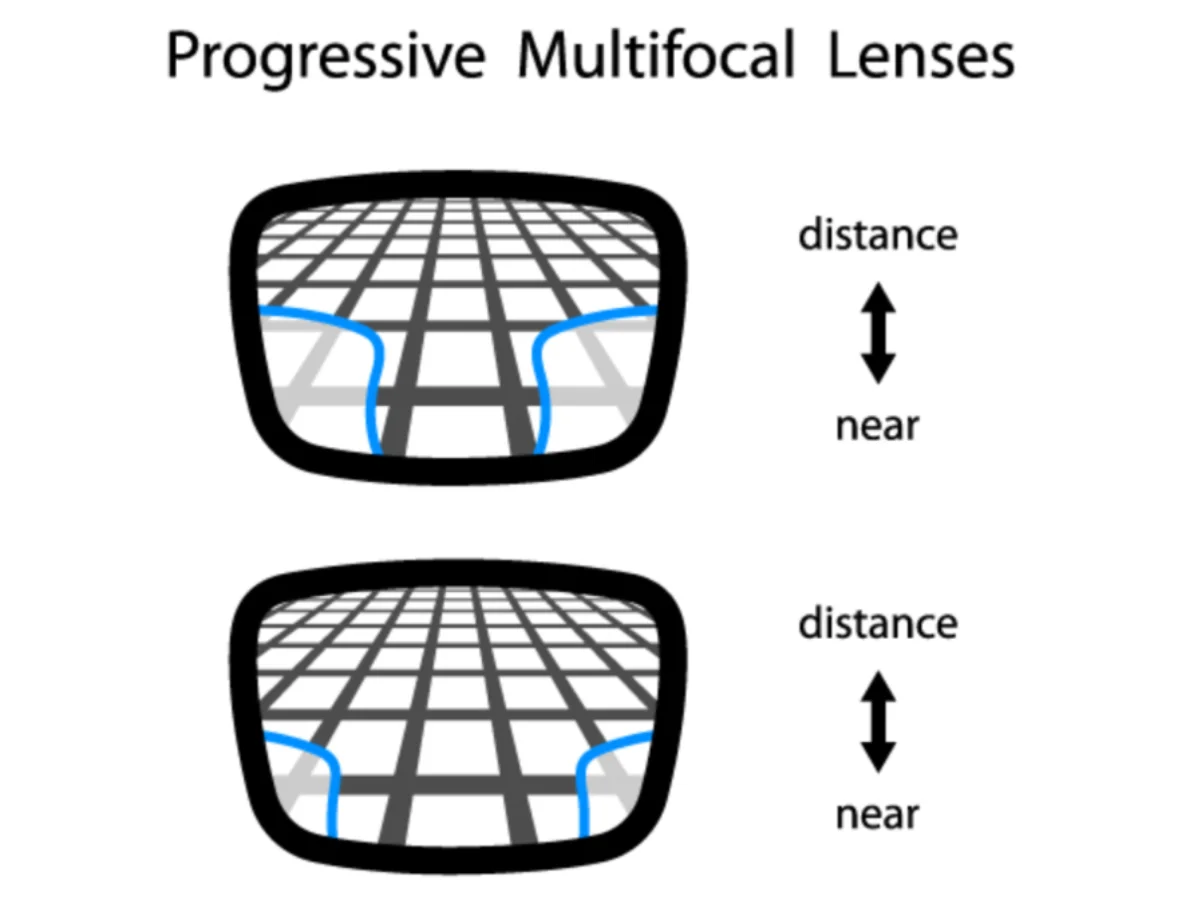Progressive lenses have become a staple for those who require vision correction for both near and distant objects. These multifocal lenses offer seamless vision without the unsightly line seen in bifocals or trifocals. While they are undoubtedly a technological marvel, many wonder why progressive lenses come with a higher price tag compared to traditional eyeglasses. In this article, we will delve into the intricacies of progressive lenses to understand why they are so expensive.
1. Introduction
Progressive lenses, often referred to as “no-line bifocals,” are designed to provide a seamless transition between different vision zones. They cater to individuals with presbyopia, a condition that makes it challenging to focus on close-up objects as they age. While the benefits of progressive lenses are undeniable, their cost can raise eyebrows.
2. The Complexity of Progressive Lenses
2.1. Multifocal Design
Unlike traditional single-vision lenses, progressive lenses incorporate multiple prescriptions into a single lens. This requires intricate design to smoothly transition between distance, intermediate, and near vision areas.
2.2. Customization for Individual Needs
No two individuals have the exact same visual requirements. Optometrists must customize progressive lenses to match a person’s unique prescription, ensuring optimal vision correction.
2.3. Precision in Manufacturing
The manufacturing process of progressive lenses demands extreme precision. Even minor errors can result in distorted vision. This level of accuracy requires state-of-the-art machinery and skilled technicians.
3. Advanced Materials
3.1. High-Index Lenses
Many progressive lenses use high-index materials, which are thinner and lighter than traditional lens materials. These materials enhance comfort but come at a higher cost.
3.2. Anti-Reflective Coatings
Progressive lenses often include anti-reflective coatings to reduce glare and improve clarity. These coatings increase manufacturing complexity and costs.
3.3. Photochromic Options
Some progressive lenses offer photochromic properties, meaning they automatically darken in sunlight. This feature requires specialized materials and manufacturing techniques.
4. Specialized Equipment and Expertise
4.1. Digital Surfacing Technology
Modern progressive lenses are often created using digital surfacing technology, which allows for precise customization. This technology necessitates significant investments in equipment and training.
4.2. Optometrist and Optician Expertise
Fitting and prescribing progressive lenses require specialized knowledge and expertise. Optometrists and opticians play a crucial role in ensuring that patients receive the best possible vision correction.
4.3. Quality Control Measures
To maintain the highest quality standards, manufacturers implement rigorous quality control measures, further adding to the cost of producing progressive lenses.
5. Market Factors
5.1. Research and Development Costs
Innovation in progressive lens technology comes at a price. Companies invest heavily in research and development to create lenses that offer improved comfort and clarity.
5.2. Limited Competition
The production of progressive lenses is highly specialized, leading to limited competition. This lack of competition allows manufacturers to set prices at a premium.
6. Conclusion
Progressive lenses are a marvel of optical technology, providing a seamless solution for vision correction at various distances. While their cost may seem high, it reflects the complexity of their design, the precision required in manufacturing, the use of advanced materials, and the expertise of optometrists and opticians. When investing in
progressive lenses, individuals are not just paying for eyewear; they are investing in improved vision and overall visual comfort.
7. FAQs
7.1. Are progressive lenses worth the investment?
Yes, progressive lenses are worth the investment for individuals with presbyopia who require clear vision at different distances.
7.2. Can I find affordable progressive lenses?
While progressive lenses tend to be more expensive, affordable options are available. It’s essential to explore different brands and options with your eye care professional.
7.3. How often should I replace my progressive lenses?
Progressive lenses typically last 2-3 years, but this can vary depending on wear and prescription changes. Regular eye exams will help determine when replacements are needed.
7.4. Can I use progressive lenses for computer work?
Yes, progressive lenses can be used for computer work, as they provide clear vision at intermediate distances. However, some individuals prefer specialized computer glasses.
7.5. Are there any alternatives to progressive lenses?
Yes, alternatives include bifocals, trifocals, and single-vision reading glasses. The choice depends on your specific vision needs and preferences.
Read More: https://www.rozyjos.com/
More Related:
How Much Does Car Insurance Go Down After 1 Year of No Claims?
How Long Does It Take for Insurance to Go Down for New Drivers?
When Do Insurance Rates Go Down for Males?
Blended Bifocal vs. Progressive Lenses: Which Is Right for You?
Does Progressive Have a Grace Period?
FLCL Progressive vs Alternative: A Battle of Sequels
SAO Progressive vs Original: Exploring the Evolution of Sword Art Online

